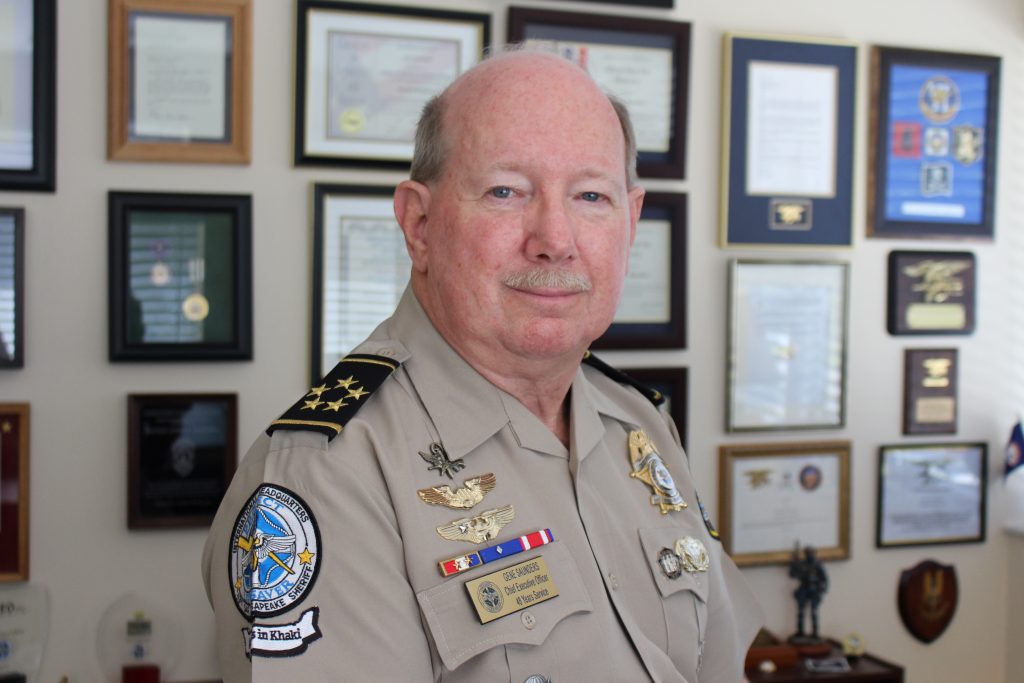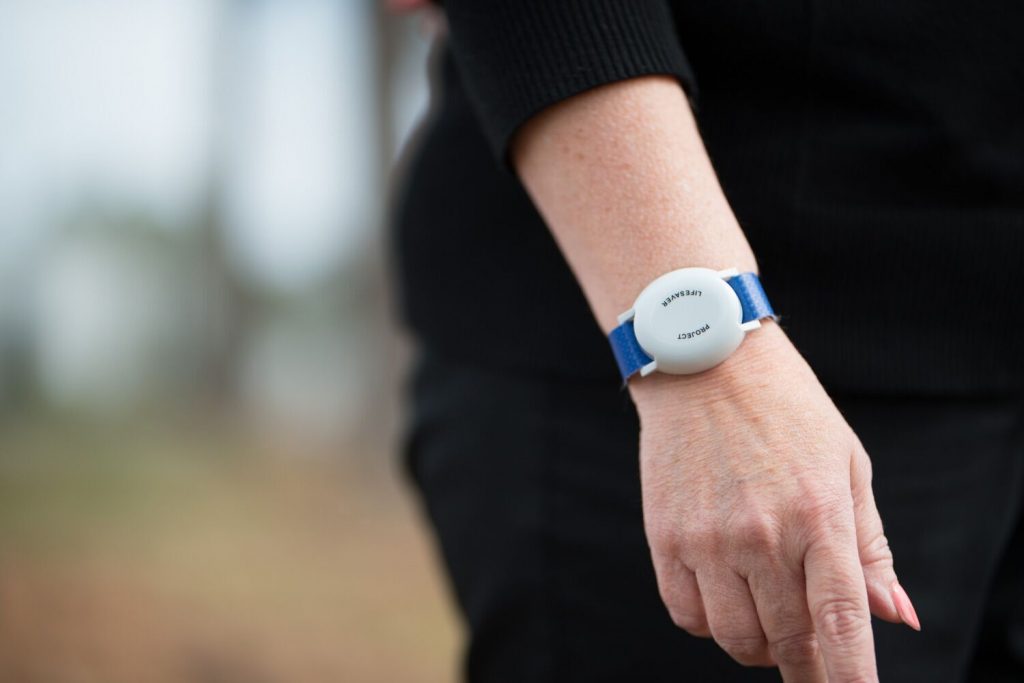Project Lifesaver International is a 501 (C) (3) community-based, non-profit public safety organization that provides law enforcement, fire/rescue and other first responders with a comprehensive education, training, and technology-based program. The Project Lifesaver program protects, and when necessary, provides public safety agencies with the search and rescue tools they need to safely recover individuals with cognitive disorders who have wandered off from a safe environment including those with Alzheimer’s disease and Autism.
The Project Lifesaver program began in 1999 when it became apparent to Gene Saunders that there was a major void that needed to be filled in providing search, rescue and protection for “At Risk” individuals who are prone to the life threatening behaviour of wandering. For the past 20 years, Gene’s clear and singular focus has been on providing one of society’s most vulnerable groups and their caregivers the support, protection, and peace of mind they need while delivering the tools and training to public safety agencies that are responding to individuals with cognitive disorders who tend to wander. Project Lifesaver was the first organization to apply tracking technology for the search and rescue of individuals with cognitive disorders and has remained the leader, the Gold Standard, in this field for the past 20 years. Because of his efforts, the Project Lifesaver program is in all 50 states and throughout Canada with nearly 1,600 member organizations. The success of the program can also be measured by the lives of the “at risk” individuals and their families that the program has touched with nearly 3,600 rescues.

Chief Saunders
Because of his extensive experience in special needs search and rescue, Gene Saunders has provided valuable insight and information in the development of policy and practices for search, rescue, and safe recovery of at risk wanders. Gene has helped in the development of materials and training programs to provide the necessary education of doctors, caregivers, school administrators, first responders/search personnel, and of course, the families of special needs individuals. In fact, Project Lifesaver is a subject matter expert and advisor on the wandering issue for: Leaders Engaged on Alzheimer’s disease (LEAD), National Center for Missing & Exploited Children, the International Association of Chiefs of Police (IACP), the Alzheimer’s Foundation, and the National Alzheimer's Project Act (NAPA) the National Council of Certified Dementia Practitioners and the International Council of Certified Dementia Practitioners. Project Lifesaver also partners and collaborates with the following organizations on special needs wandering issues:
* Autism Speaks
* Bureau of Justice Assistance, Department of Justice’
* National Sheriff’s Association
* Council for Autism and Neurodiversity
* Pilot International
* National Council of Certified Dementia Practitioners
* Unicorn Children’s Foundation
* Virginia Sheriff’s Association
* Alzheimer’s Foundation of America
* Virginia Airborne Search & Rescue Squad
The Project Lifesaver training program is recognized and approved by the Virginia Department of Criminal Justice Services and certified by the National Preparedness Institute at Indian River State College.
Project Lifesaver partners with local first responders, educating those public safety agencies on the latest health information related to the disorders they will be working with, and training those first responders to approach the “at risk” individual, gain their trust and put them at ease for their trip home once they have been located.
Experts estimate that today, over 5.7 million people have Alzheimer’s disease, and the numbers are expecting to multiply in the years to come. Nearly 60% of people with Alzheimer’s will wander at some point during the progression of the disease, and many will wander repeatedly. A recent study estimates that 46% of patients with Alzheimer’s disease and other forms of dementia who wander off will die if they are not found within 24 hours.
Additionally, children with autism and Down syndrome also tend to wander, and in a recent National Autism Association survey, nearly 92% of parents felt their autistic child was at risk of wandering away and becoming lost.
At-risk individuals enrolled in the Project Lifesaver program wear a personalized wristband that emits an exclusive radio frequency tracking signal assigned only to the bracelet wearer. Once the local Project Lifesaver agency is notified of the missing person, a search and rescue team responds to the wanderer's last known location and searching commences using the Project Lifesaver receiver and antenna.

Transmitter being worn
Project Lifesaver also provides training programs that help public safety officers better understand the symptoms and behaviour of the individuals that they are recovering. These training programs give first responders the tools to assess and effectively manage the safe and comfortable return of the “at-risk” individuals they encounter.
To date, Project Lifesaver agencies have conducted nearly 3,600 successful rescues. Most who wander are found within a few miles from home, and search times have been reduced from hours and days to minutes. Recovery times for Project Lifesaver clients average 30 minutes — 95% less time than standard operations.










